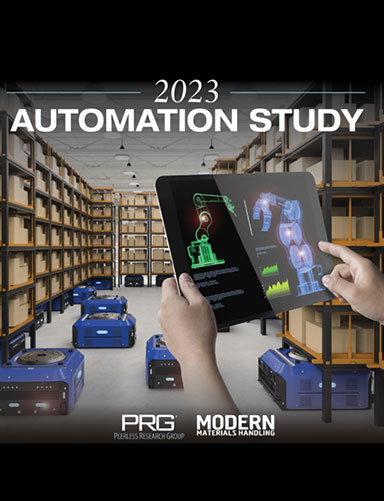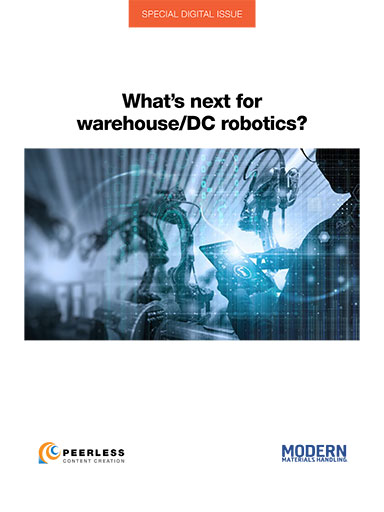Could barcoding save healthcare?
In health services, the first duty of care is to the patient. People need to be treated as individuals, and their needs must be addressed in relation to their respective and possibly unique conditions.
In health services, the first duty of care is to the patient. People need to be treated as individuals, and their needs must be addressed in relation to their respective and possibly unique conditions.
The problem, of course, is that in a typical hospital, there hundreds of those highly individual people. On the face of it, keeping tabs on them all ought to be simple enough. After all, each of them has a name, and a medical history.
But in practice it isn’t always so easy. Patients can be side-tracked by something as straightforward as the need to speak to family or answer a call of nature, and miss their place in a queue. Names can be mismatched and people can find themselves on the wrong wards.
It’s rare that such mishaps lead to major failures, but at the very least they can be the cause of disruption and delays – and in tough times, when budgets are being squeezed, that’s one of the last things anyone wants.
It’s in an environment like this that barcoding and the concept of the Internet of Things comes into its own. IoT technology is about connecting non-traditional objects to the internet, devices such as GPS devices, thermostats, lighting, and even the barcode. These devices can provide more visibility into the operational events. Barcoding is a transitioning technology that enables hospitals to improve operations and increase efficiency. Barcoding technology can support hospitals and patient care in gathering information, linking information together and is easy to implement. In essence the transition of barcoding technology in a way that it is reliably proven to work in other industries is enabling process improvements that can save healthcare.
In short, far from being clinical and impersonal, a patient ID system courtesy of a policy of intelligent barcoding can not only streamline processes to save time and money, but can also actually reinforce a patient’s individuality. This isn’t just a patient name or number, but a person, with a background, a set of conditions, a context, and a character. Connecting and channelling all this information isn’t a dry, data-driven process, but something that helps doctors understand so they can make better-informed decisions.
Of course, the benefits that can be accrued from bringing the concept of the Internet of Things into healthcare aren’t going to happen overnight. Devising and developing the base systems and building the requisite layers of data is going to take time and funding, and in difficult times those commodities are in short supply.
But it’s an investment many think is worth making. Bringing ID and location technology into healthcare allows the healthcare industry to illuminate the operational processes to create new information, giving more visibility into processes and streamlining them.
It can make things faster and more cost-efficient – and even more importantly, it could remind everyone that Mr Smith and Ms Jones aren’t just names or numbers, but people. People who matter.













